SUMMARY
This is AI generated summarization, which may have errors. For context, always refer to the full article.
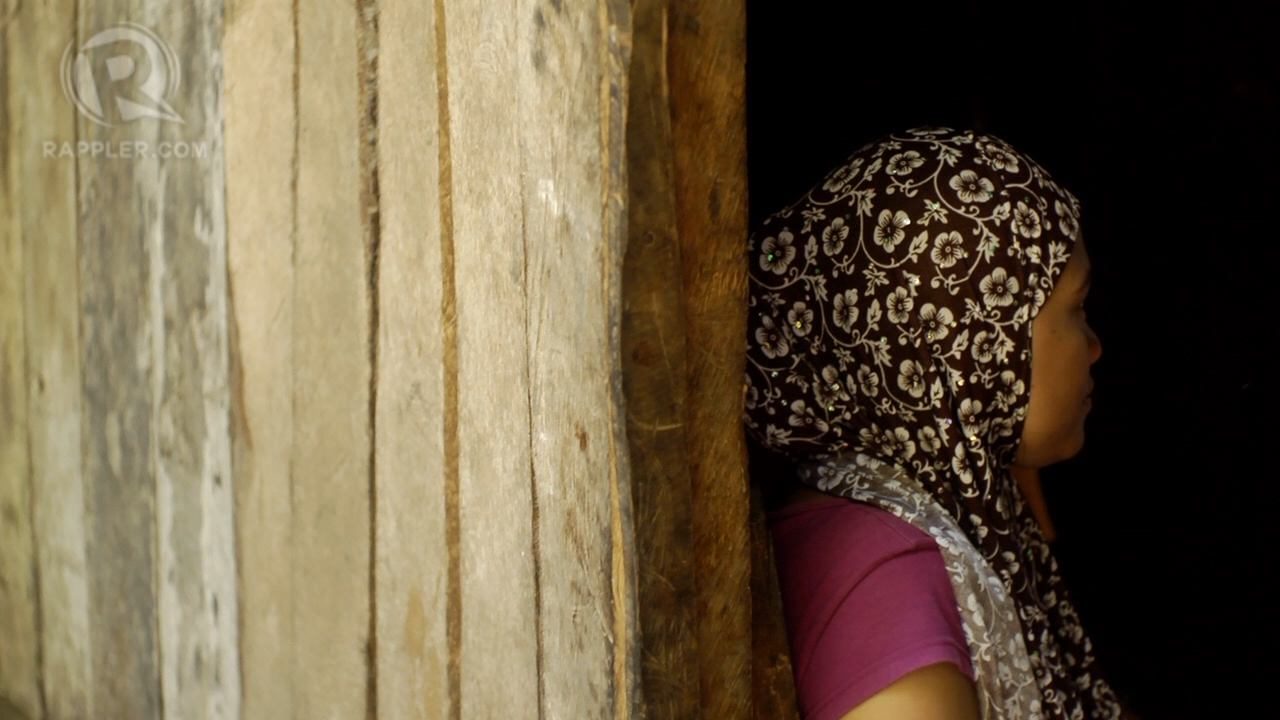
MAGUINDANAO, Philippines – On the day he died, 33-year-old Mohammad Ambilang, father of two, teased his little sister, ate an early lunch, then mounted his Honda motorcycle and headed down the single-lane road road to Tukanalipao, Mamasapano, uncle and cousins in tow. It was a little before one in the afternoon.
At two, his wife Saada got a call. Mohammad was dead.
His uncle had found him sprawled facedown in the dirt, blood soaking his shirt. They picked him up, put him in a tricycle with bright umbrellas, and brought him home to Saada.
It was only much later, after they cut away the blue cotton shirt and washed away the blood from his clothes – the stains wouldn’t quite go away – that they saw the small hole above the back hem where the bullet had gone in to rip into the seat of his olive shorts.
Mohammad was shot on a Monday, a little less than 24 hours after a total ceasefire was declared in effect over the town of Mamasapano, more than a full day after a law enforcement operation that ended in a deadly clash between two companies of the Philippine National Police Special Action Force, elements of the 105th Moro Islamic Liberation Front Base Command, as well as an unverified number of Bangsamoro Islamic Freedom Fighters.
Mujiv Hataman, Governor of the Autonomous Region in Muslim Mindanao reported 3 civilians killed as a result of the Mamasapano encounter: Sarah Pananggulon, 8; Badruddin Langalan, 23 – both killed on Sunday, January 25 – and Mohammad Ambilang listed as 30 years old and killed on January 26.
My brother Mohammad
The village of Libutan is a little more than 5 kilometers from Tukanalipao. The oldest mosque in Maguindanao sits at the village center, gleaming white under the noon sun. Outside, a blind man plays the flute – a man who, a decade before, was awarded National Artist status by the Ramos government.
No encounter has ever taken place here, say the villagers. It is a refuge for evacuees, the last stopping place of those displaced by gunfire or flood. It is why Mohammad Ambilang’s aunt, his mother’s sister, arrived from Tukanalipao in the small hours of Monday morning, after the fighting in the cornfields near her home.
“In Mindanao we’re used to war,” says Mohammad’s sister Lugaya. “We’re used to how it doesn’t end quickly. Sometimes it takes months before you can go home, so my aunt asked my brother if he could go back to Tukanalipao for her baggage.”
Lugaya is 25, a cheerful woman mother of 4 with a printed purple veil around her head. Unlike most of her family, she is fluent in Filipino, has been to Manila, and once worked as a domestic helper.
Her brother is the center of the family, she says. He is the only son, the darling boy, the laughing, teasing man who enjoyed ratting out his annoyed sister to their mother.
Sometimes, she says, he would play with her children, then go out and buy their mother Aisa a Coke.
See, he would tell the 60-year-old Aisa, see how I take care of you? Lugaya will never buy you a Coke. Then he would laugh as Lugaya protested.
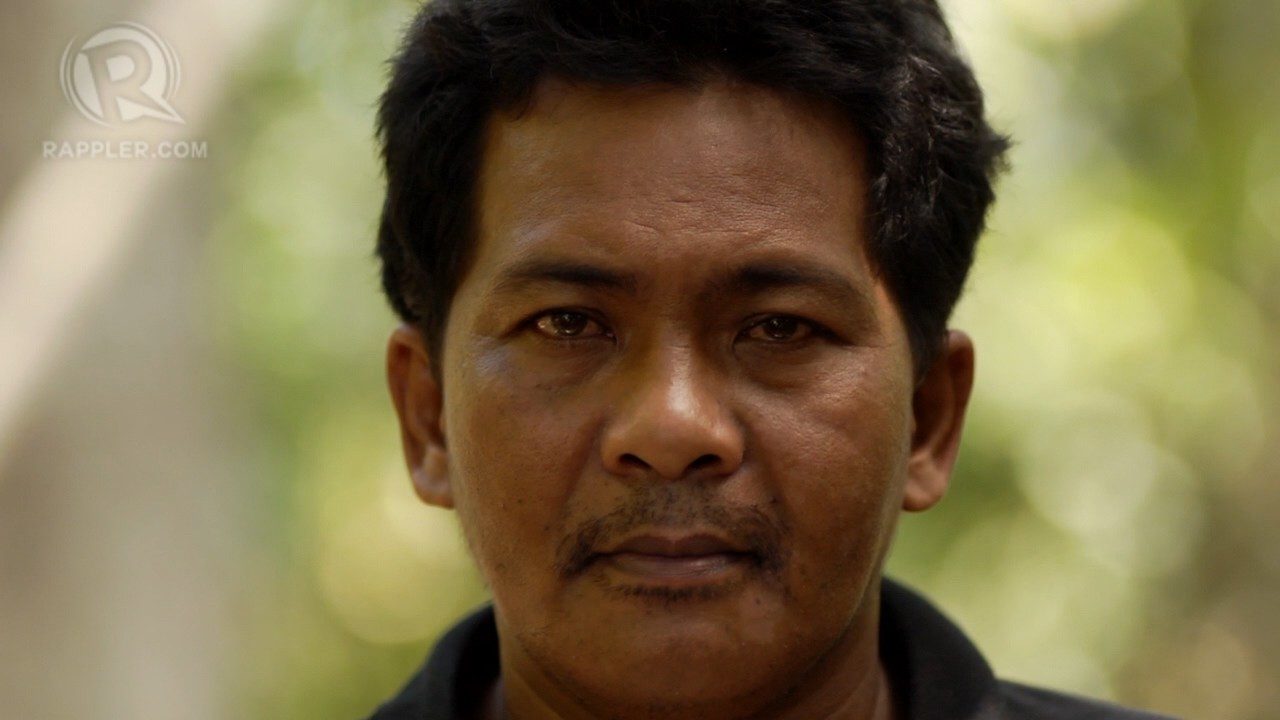
‘There’s a survivor’
The extended Ambilang family lives in a clapboard house surrounded by skinny trees set back from the road. Mohammad left with his uncles and cousins after lunch on Monday, and led the way to Tukanalipao.
Outside the encounter site, police cars and military trucks lined the highway. No uniformed personnel had been allowed into the encounter area for almost a day to keep the peace. Villagers, local officials and members of the ceasefire commission facilitated the extraction of bodies.
The Ambilangs arrived to panic at the bridge, says Mohammad’s 51-year-old uncle Mataya Sangki. There was already talk about a massacre in a mosque, behind the cornfields. There were rumors a survivor from the SAF had stolen an armallite. (READ: SAF survivors kills unarmed rebels, civilian)
“Someone came and shouted, ‘Watch out, there was a policeman who survived,’” says Sanki. “When we saw him, we all ran.”
Sangki kept running, all the way to the highway, along with a number of villagers. It was later, when the gunshots faded, that they started looking for Mohammad. Another villager came running up, asked if any of them knew Mohammad.
Mohammad, said the man, had been shot.
They found Mohammad just when the last of the PNP-SAF was fished out of the river, just before Interior Secretary Mar Roxas faced cameras for the first of many press conferences on what was already being called a massacre in Maguindanao.
Mataya Sangki knows who shot his nephew. It is that survivor, he says. The policeman.
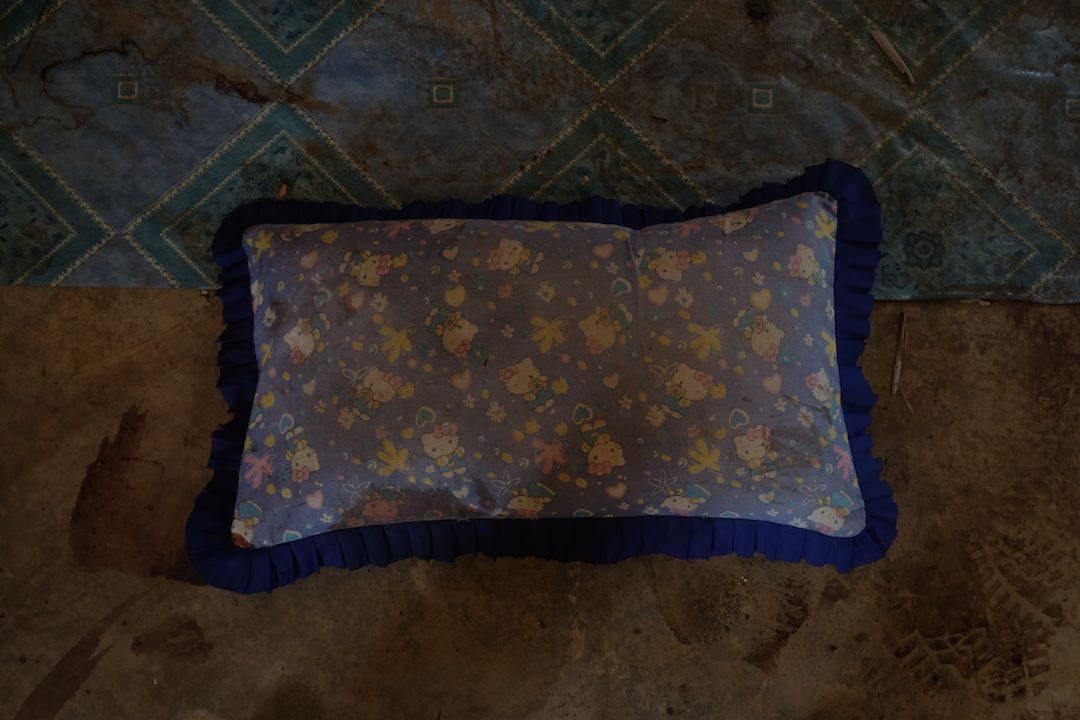
‘There were no civilians’
Police Officer 2 Christopher Robert Lalan, one of the 36 policemen of the 55th Special Action Company pinned down by gunfire across the Tukanalipao bridge, was rescued by the 45th Infantry Battalion at 2:10 in the afternoon of January 26, 2015. He told a harrowing tale of escape and survival, one that includes hiding in the water lilies and killing a number of attacking rebels.
According to the MILF Coordinating Committee on the Cessation of Hostilities (MILF-CCCH), the rebel arm of the joint ceasefire committee, PO2 Lalan had been responsible for at least 5 deaths in the aftermath of the Mamasapano encounter.
The first 4, they say, were unarmed rebels sleeping inside a mosque behind the cornfields. The mosque is a small structure of woven bamboo in a clearing behind the cornfields.
According to MILF rebel Mama Dagadas, who claimed he was outside the mosque dressing after a bath, Lalan had come running from the direction of a pond of water lilies and began shooting at him with a pistol.
Dagadas says he ran for help, and returned to find 3 of the 4 dead from bullet wounds in the head. The fourth had been shot in the side.
Lalan has admitted in a televised GMA7 interview to having stolen arms from rebels he found asleep inside a small structure – “There were rebels sleeping inside, it was good they were sleeping deeply” – but denies having seen a mosque anywhere in the area.
“What mosque?” he asked. “There was no mosque there. Everyone there was armed, and if I didn’t do what I did, they would have shot me.”
Lalan also denies having shot a civilian.
“And what decent civilian during a battle and killing will be in the area,” he said in an interview with ABS-CBN News.
“I did what I had to do,” he added, “and now I’m the bad guy? That’s not true. I’d be dead if I did that.”
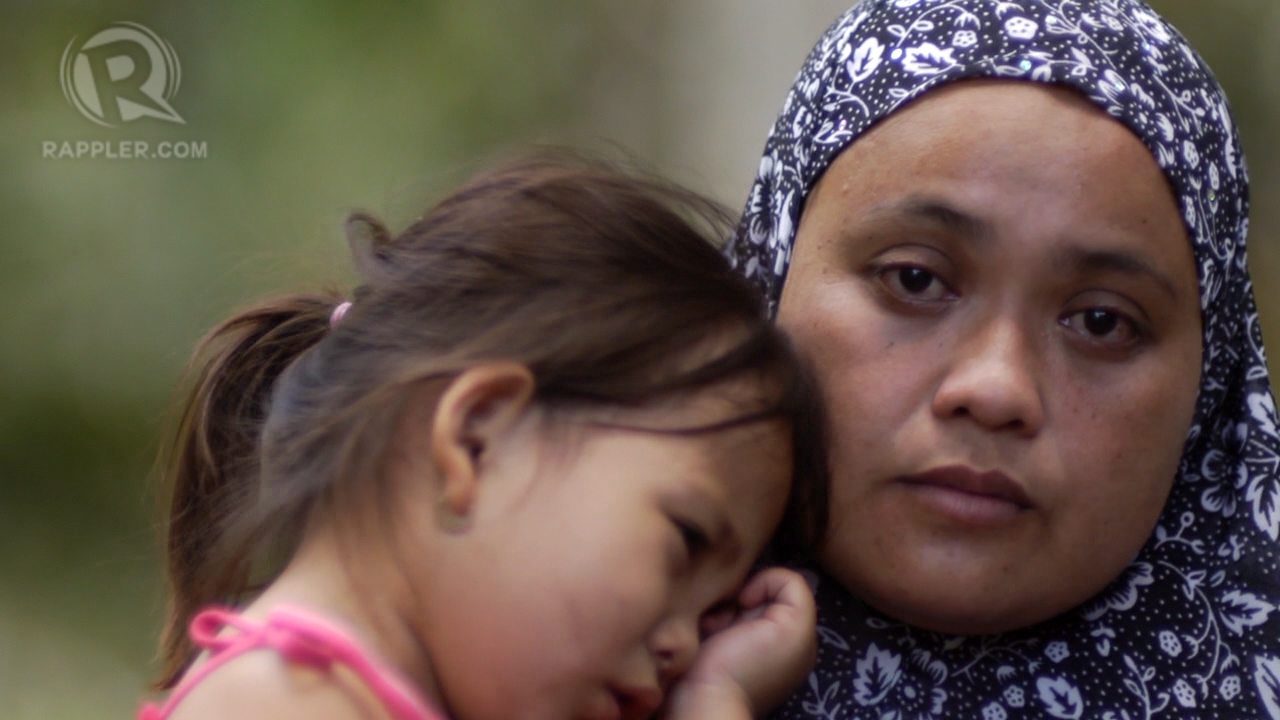
A single bullet
“I was taking care of the baby when I got a call,” says Mohammad’s 29-year-old wife Saada. “They said Mohammad was dead.”
They buried Mohammad a few hours after he was brought home, in a plot behind the house. Saada visits every day. The oldest of the two children know Mohammad is dead, but she forgets and asks when Papa is coming home.
Saada is a quiet woman, with a quality of stillness, even as a baby fussed in her lap. Her voice is soft, the words slow.
Saada is worried about money. Mohammad was the family’s breadwinner, and the children are both very young. Her husband, she says, was never particularly good looking, but he was a good man.
The nerves show in front of the camera. She stares into the lens. The answers are single sentences. The words come long after the questions.
What can you say about the man who killed your husband?
A long pause. She finally smiles.
“If he were here,” she says, “we would kill him.”
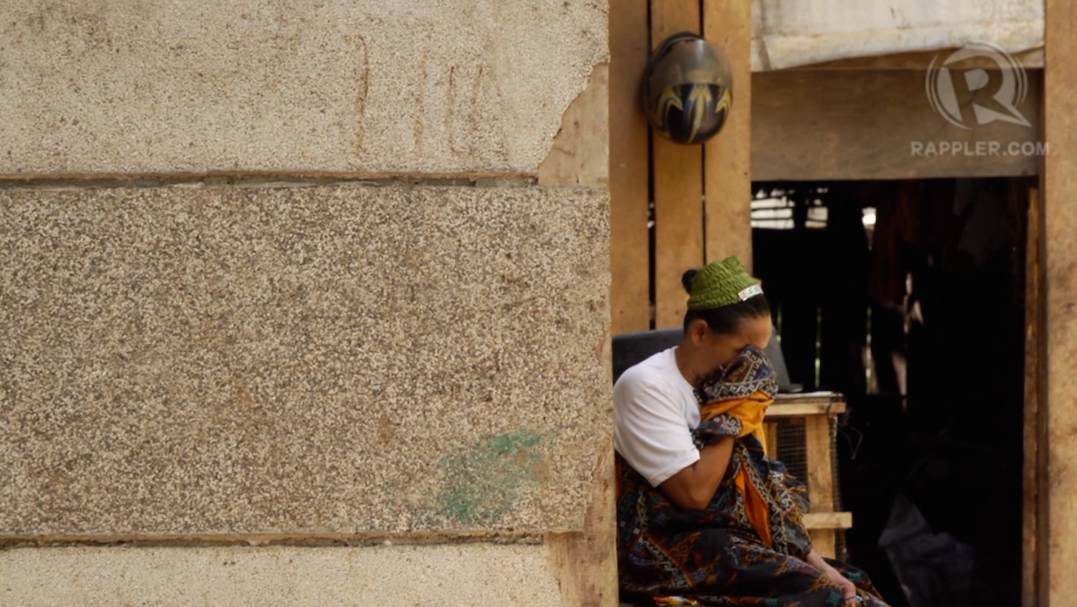
40 days after
Aisa Sangeban, Mohammad’s mother, sits on a bench by the chicken coop. Sometimes she cries, unless someone brings up the lone survivor. She slams a fist into an open palm, and says she will crush the man if she can.
I will slap him, she says again and again.
She cannot talk of her son, the boy who went with her everywhere. She cannot sleep in the night. She cannot think of him, but cannot stop thinking of him.
It is Lugaya who is angry, who says she is angry and has no problems saying it. She is angry at the wives of the SAF, who act as if they are the only victims; at the policeman, who she has seen on television being called a hero; at the government, who will not give her family peace.
“Ever since I was young all I got was war. I wish they would give us peace.”
It will be 40 days since Mohammad’s death. The family will gather. They will eat, they will pray, and they will tell stories about the teasing man who will never laugh again. – Rappler.com
(Editor’s note: All quotations have been translated to English from Filipino and Maguindanaoan.)
Add a comment
How does this make you feel?
![[In This Economy] A counter-rejoinder in the economic charter change debate](https://www.rappler.com/tachyon/2024/04/TL-counter-rejoinder-apr-20-2024.jpg?resize=257%2C257&crop=267px%2C0px%2C720px%2C720px)
![[Vantage Point] Joey Salceda says 8% GDP growth attainable](https://www.rappler.com/tachyon/2024/04/tl-salceda-gdp-growth-04192024.jpg?resize=257%2C257&crop_strategy=attention)
![[ANALYSIS] A new advocacy in race to financial literacy](https://www.rappler.com/tachyon/2024/04/advocacy-race-financial-literacy-April-19-2024.jpg?resize=257%2C257&crop_strategy=attention)


There are no comments yet. Add your comment to start the conversation.